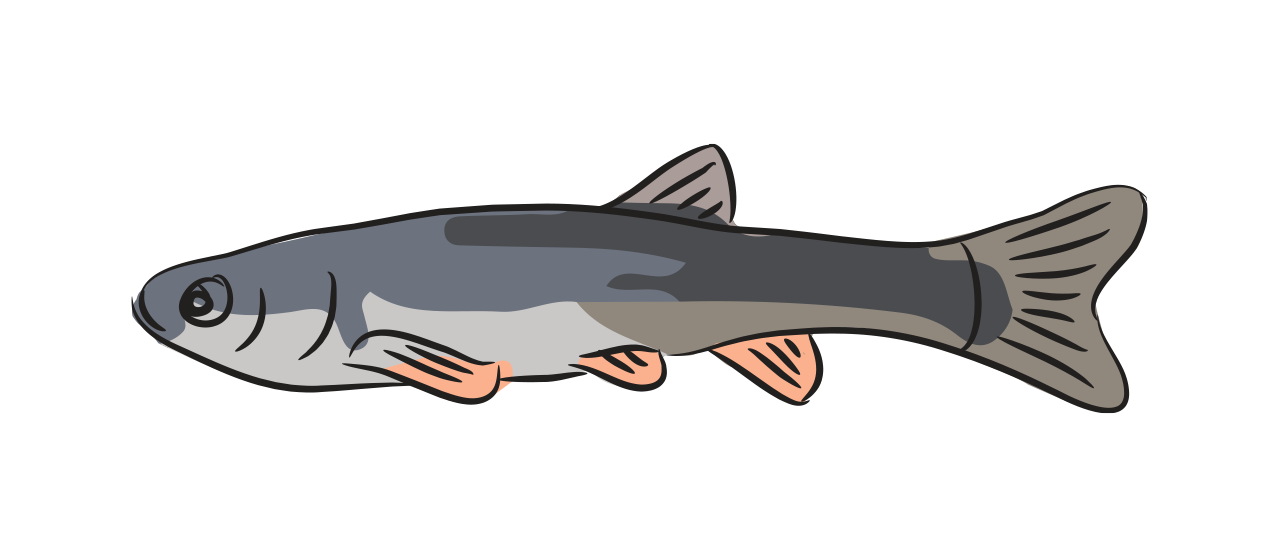Dace| Fish Species Guide | Angling Direct

Dace
aka Leuciscus leuciscus
Sometimes confused for smaller chub, dace can be identified by its concave curve on the back edge of their fins. It can be found in the lower reaches of rivers across Europe and Northern Asia. Small, slim, with silver flanks and olive greenbacks, the common dace also boasts a lateral line scale formation.
As its name derives from 'dart', dace was the name given to this species as it moves rapidly in flowing water. It is regarded as one of the best swimmers among the carp-like species.
Stats
Status
Habitat
Surfacing on fast-flowing, well-oxygenated rivers around 0.5m deep.
Bait
Maggots, bread punch & artificial flies.
Fishing Tackle
Native or Invasive
Native
Where
Canals that have an association with river navigations, in the UK and Western Europe, especially France.
 Catch Experience
Catch Experience
Video
Blog Highlight
Monday Top 5 - Stick Float Fishing
Stick float fishing on rivers is a devastating method that can allow you not only to cover a huge stretch of river, but can also be used to target a huge variety of species, from dace through to barbel. Here are our top 5 stick float fishing tips…...
Read More